Home>Gardening & Outdoor>Landscaping Ideas>How To Get Rid Of Oxalis Without Killing Grass
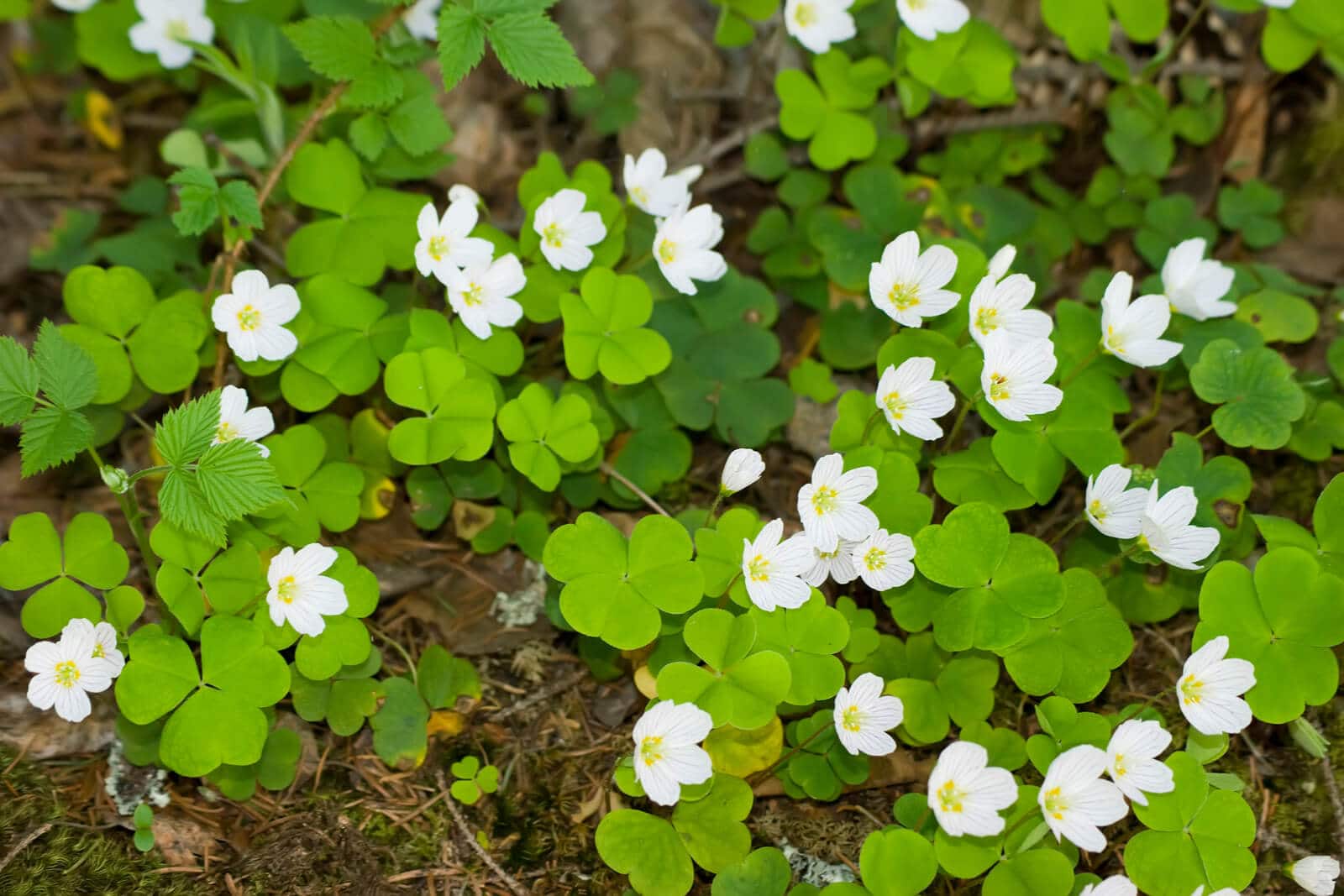

Landscaping Ideas
How To Get Rid Of Oxalis Without Killing Grass
Published: January 31, 2024
Learn effective landscaping ideas to remove oxalis without harming your grass. Discover eco-friendly methods for a lush, weed-free lawn.
(Many of the links in this article redirect to a specific reviewed product. Your purchase of these products through affiliate links helps to generate commission for Storables.com, at no extra cost. Learn more)
Introduction
Dealing with oxalis in your lawn can be a frustrating challenge. This invasive weed, also known as wood sorrel, can quickly spread and take over your grass, creating an unsightly and uneven appearance. However, the good news is that there are effective methods for removing oxalis without harming your precious grass. By understanding the nature of oxalis and implementing targeted removal and prevention strategies, you can reclaim the lush, green beauty of your lawn without resorting to harsh chemicals or damaging your grass in the process. In this comprehensive guide, we will explore the ins and outs of oxalis control, providing you with practical and eco-friendly solutions to tackle this persistent weed. Whether you're a seasoned gardener or a novice lawn enthusiast, this article will equip you with the knowledge and techniques needed to combat oxalis and restore the health and vibrancy of your lawn. So, let's dive into the world of oxalis and discover how to effectively eliminate it without sacrificing your grass in the process.
Key Takeaways:
- Say goodbye to oxalis without hurting your grass! Use hand pulling, weed digging tools, organic herbicides, mulching, and regular maintenance to reclaim your lawn’s beauty.
- Keep oxalis at bay by nurturing your lawn with proper care, soil improvement, sunlight, regular inspections, and smart weed disposal. Create a lush, weed-resistant lawn for lasting beauty.
Understanding Oxalis
Oxalis, commonly known as wood sorrel, is a perennial weed that can quickly become a nuisance in lawns and gardens. Its distinctive heart-shaped leaves and small yellow flowers make it easily recognizable, but its rapid spread and ability to thrive in various conditions make it a formidable adversary for homeowners and gardeners.
This resilient weed reproduces through tiny bulbils and seeds, allowing it to establish a strong foothold in lawns and flower beds. Its ability to adapt to different soil types and climates makes it a widespread problem in many regions. Oxalis prefers moist, shady areas, but it can also thrive in sunny spots, making it a versatile and persistent intruder in lawns and gardens.
One of the most challenging aspects of oxalis is its aggressive nature. It can quickly overtake grass and other desirable plants, forming dense patches that disrupt the uniformity and health of the lawn. Additionally, oxalis has a deep root system, allowing it to survive and regrow even after being pulled or mowed.
Understanding the life cycle and growth habits of oxalis is crucial for effective control and prevention. By recognizing its resilience and adaptability, homeowners can develop targeted strategies to combat this invasive weed without causing harm to the surrounding grass and plants.
In the next section, we will delve into various methods for removing oxalis without harming grass, providing practical and eco-friendly solutions to tackle this persistent weed.
Methods for Removing Oxalis Without Harming Grass
When it comes to tackling oxalis without causing harm to your grass, several effective methods can help you regain control of your lawn. These approaches focus on targeting oxalis specifically while minimizing the impact on the surrounding grass and plants. Here are some eco-friendly and practical techniques for removing oxalis:
Hand Pulling
Hand pulling is a labor-intensive but highly effective method for removing oxalis from your lawn. This approach involves carefully grasping the base of the oxalis plant and gently pulling it out, ensuring that the entire root system is extracted. To make this process more manageable, it's advisable to tackle oxalis infestations when the soil is moist, such as after rainfall or watering. This allows for easier removal of the deep root system, reducing the likelihood of regrowth. While hand pulling may require patience and persistence, it is a targeted and non-invasive method that minimizes disruption to the surrounding grass.
Weed Digging Tools
Utilizing specialized weed digging tools can streamline the process of removing oxalis while minimizing disturbance to the surrounding grass. Tools such as long-handled weed pullers or dandelion diggers allow for precise extraction of oxalis plants without causing extensive damage to the lawn. By carefully maneuvering these tools around the base of the oxalis and leveraging their leverage, homeowners can effectively uproot the weed while preserving the integrity of the grass.
Organic Herbicides
For larger oxalis infestations, organic herbicides can provide targeted control without posing a threat to the surrounding grass. Organic herbicides derived from natural ingredients such as acetic acid or citrus oil can effectively suppress oxalis growth while minimizing harm to the lawn. When using organic herbicides, it's essential to follow the application instructions carefully and apply them selectively to the oxalis-infested areas. This approach allows for precise targeting of the weed while safeguarding the health of the surrounding grass and plants.
Mulching
Implementing a layer of organic mulch, such as wood chips or straw, can help smother and suppress oxalis growth while nurturing the health of the grass. Mulching not only creates a barrier that inhibits oxalis from sprouting but also helps retain soil moisture and regulate temperature, promoting the vigor of the grass. By applying mulch to areas prone to oxalis infestation, homeowners can create an inhospitable environment for the weed while enhancing the overall resilience of the lawn.
Regular Mowing and Maintenance
Maintaining a consistent mowing schedule and practicing good lawn care habits can contribute to minimizing oxalis infestations while promoting the health of the grass. Regular mowing at the appropriate height helps prevent oxalis from establishing a strong foothold and spreading rapidly. Additionally, proper fertilization, aeration, and watering practices can bolster the grass's vitality, making it more resilient to weed encroachment.
By employing these targeted methods for removing oxalis without harming grass, homeowners can effectively combat this persistent weed while preserving the lush beauty of their lawns. These eco-friendly approaches prioritize the health of the grass and surrounding plants, offering sustainable solutions for oxalis control.
In the next section, we will explore essential prevention tips to help homeowners safeguard their lawns against future oxalis infestations.
Prevention Tips
Preventing oxalis infestations is key to maintaining a healthy and vibrant lawn. By implementing proactive measures and adopting good gardening practices, homeowners can create an environment that discourages oxalis growth while promoting the well-being of the grass. Here are essential prevention tips to safeguard your lawn against future oxalis infestations:
Proper Lawn Care
Maintaining a robust and well-nourished lawn is fundamental to preventing oxalis from taking hold. Regular mowing at the recommended height, proper fertilization, and adequate watering contribute to the grass's vigor, making it more resilient to weed encroachment. By fostering a dense and healthy turf, homeowners can create a competitive environment that inhibits oxalis from establishing a foothold.
Soil Improvement
Conducting soil tests and addressing any deficiencies can help create an environment less conducive to oxalis growth. Amending the soil with organic matter, such as compost or well-decomposed manure, can enhance its structure and fertility, promoting the health of the grass while making it less hospitable to weeds like oxalis.
Adequate Sunlight
Promoting adequate sunlight penetration in the lawn can deter oxalis, which thrives in shady areas. Trimming overhanging branches and thinning out dense foliage can help create a sunnier environment that is less favorable for oxalis growth.
Regular Inspections
Regularly inspecting the lawn for early signs of oxalis infestation is crucial for prompt intervention. By identifying and addressing oxalis patches in their early stages, homeowners can prevent the weed from spreading and becoming a more significant problem.
Proper Weed Disposal
Ensuring proper disposal of oxalis plants and seeds is essential to prevent their reestablishment in the lawn. Thoroughly removing uprooted oxalis plants and avoiding composting them can prevent the spread of seeds and bulbils, reducing the likelihood of reinfestation.
Mulching and Ground Cover
Implementing a layer of organic mulch or ground cover in susceptible areas can help suppress oxalis growth while enhancing the overall health of the lawn. Mulch acts as a barrier, inhibiting weed germination and providing insulation for the soil, contributing to a more resilient and weed-resistant lawn.
By incorporating these prevention tips into their lawn care routine, homeowners can proactively protect their grass from oxalis infestations, fostering a lush and thriving lawn that is resistant to weed encroachment. These measures not only contribute to the long-term health and beauty of the lawn but also reduce the need for extensive weed control efforts in the future.
Conclusion
In conclusion, effectively eliminating oxalis from your lawn without harming the grass requires a combination of targeted removal methods and proactive prevention strategies. By understanding the resilient nature of oxalis and its potential impact on the lawn, homeowners can implement eco-friendly and practical approaches to combat this persistent weed.
Hand pulling and the use of specialized weed digging tools offer precise and non-invasive methods for removing oxalis, allowing homeowners to reclaim their lawns without causing harm to the surrounding grass. Additionally, organic herbicides and mulching provide targeted control while nurturing the overall health of the grass, offering sustainable solutions for oxalis management.
Furthermore, adopting proper lawn care practices, improving soil quality, and promoting adequate sunlight penetration create an environment that discourages oxalis growth, reducing the likelihood of infestations. Regular inspections, proper weed disposal, and the use of mulch and ground cover contribute to long-term weed resistance, minimizing the need for extensive control measures in the future.
By integrating these methods and prevention tips into their lawn care routine, homeowners can safeguard their grass from oxalis infestations, fostering a lush and vibrant lawn that is resilient to weed encroachment. This comprehensive approach not only restores the beauty of the lawn but also promotes a sustainable and eco-friendly environment for both the grass and surrounding plants.
Ultimately, by combining targeted removal techniques with proactive prevention measures, homeowners can effectively manage oxalis infestations while preserving the health and aesthetics of their lawns. With a commitment to sustainable and eco-friendly practices, combating oxalis without harming the grass becomes an achievable goal, allowing homeowners to enjoy a thriving and weed-resistant lawn for years to come.
Frequently Asked Questions about How To Get Rid Of Oxalis Without Killing Grass
Was this page helpful?
At Storables.com, we guarantee accurate and reliable information. Our content, validated by Expert Board Contributors, is crafted following stringent Editorial Policies. We're committed to providing you with well-researched, expert-backed insights for all your informational needs.
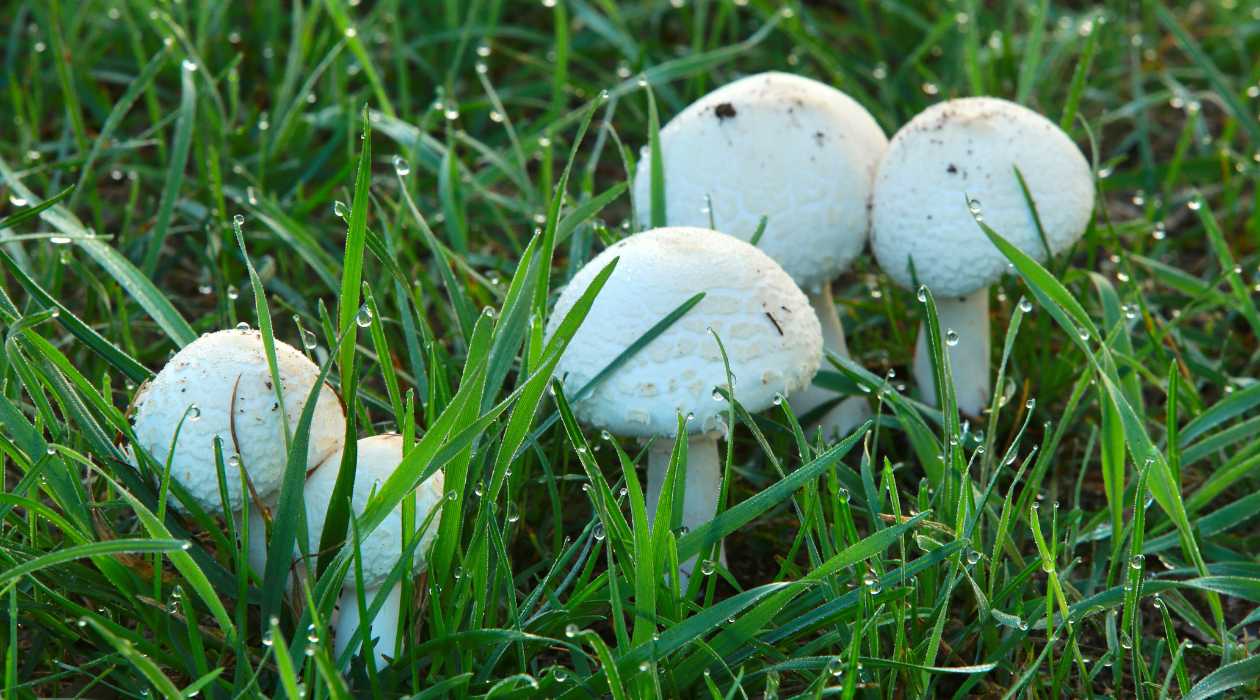
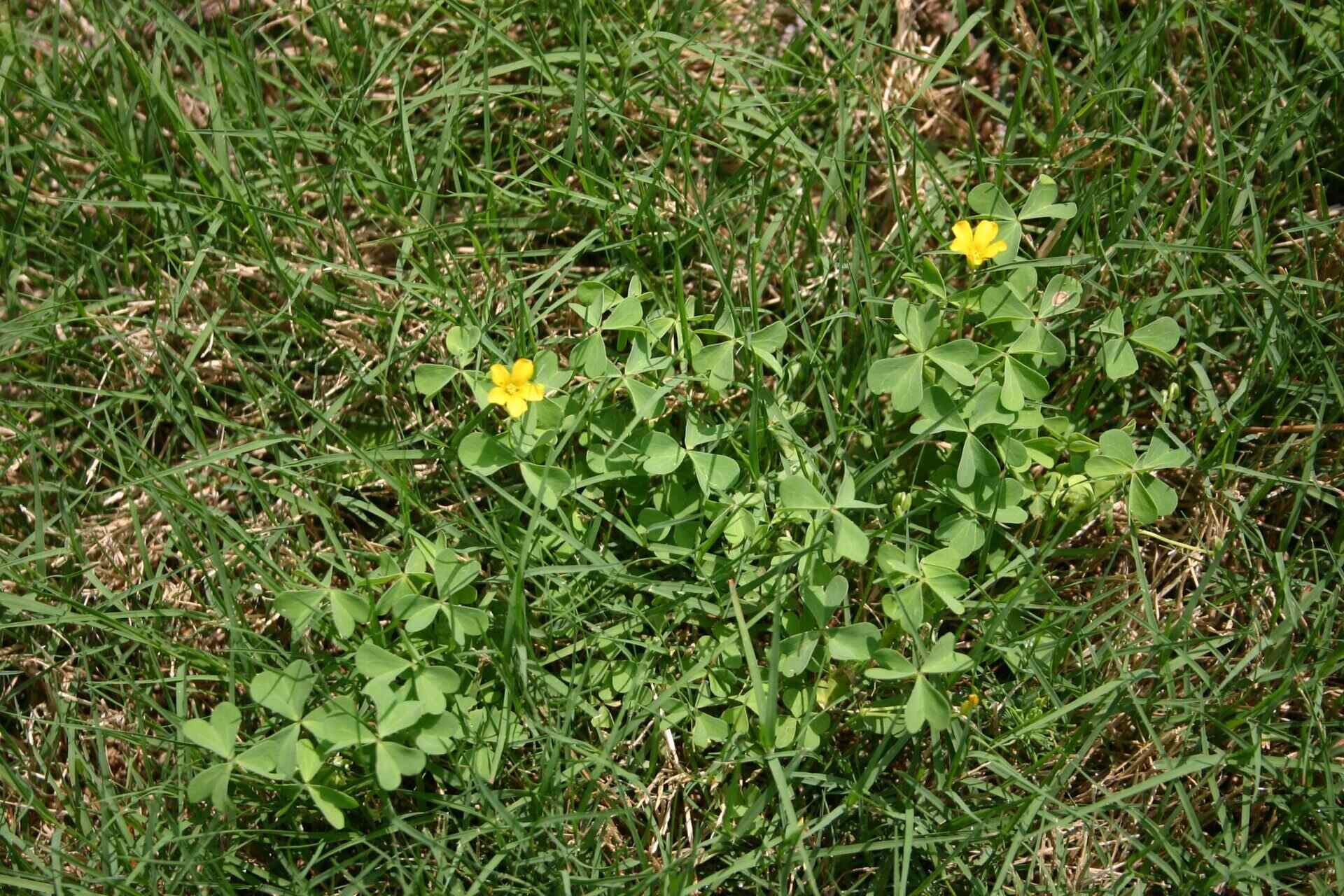
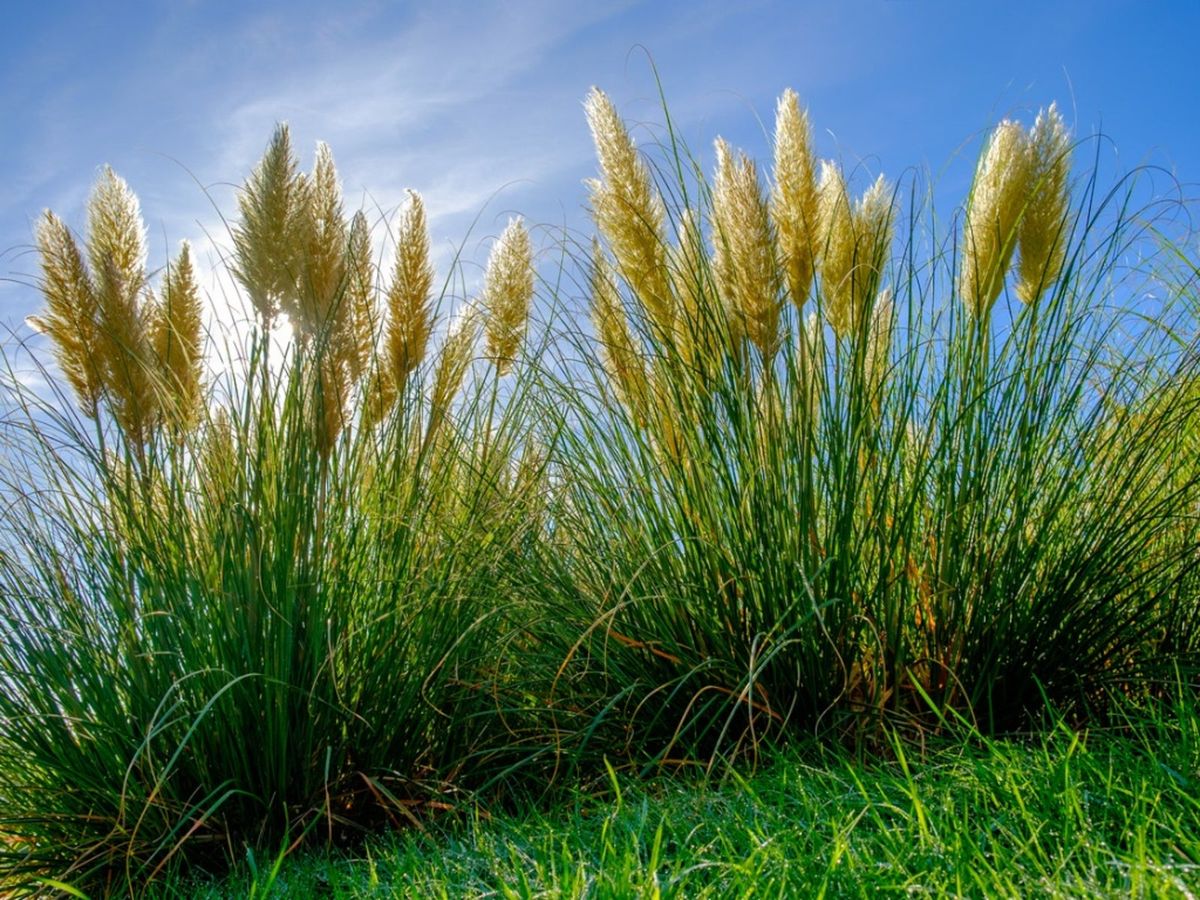
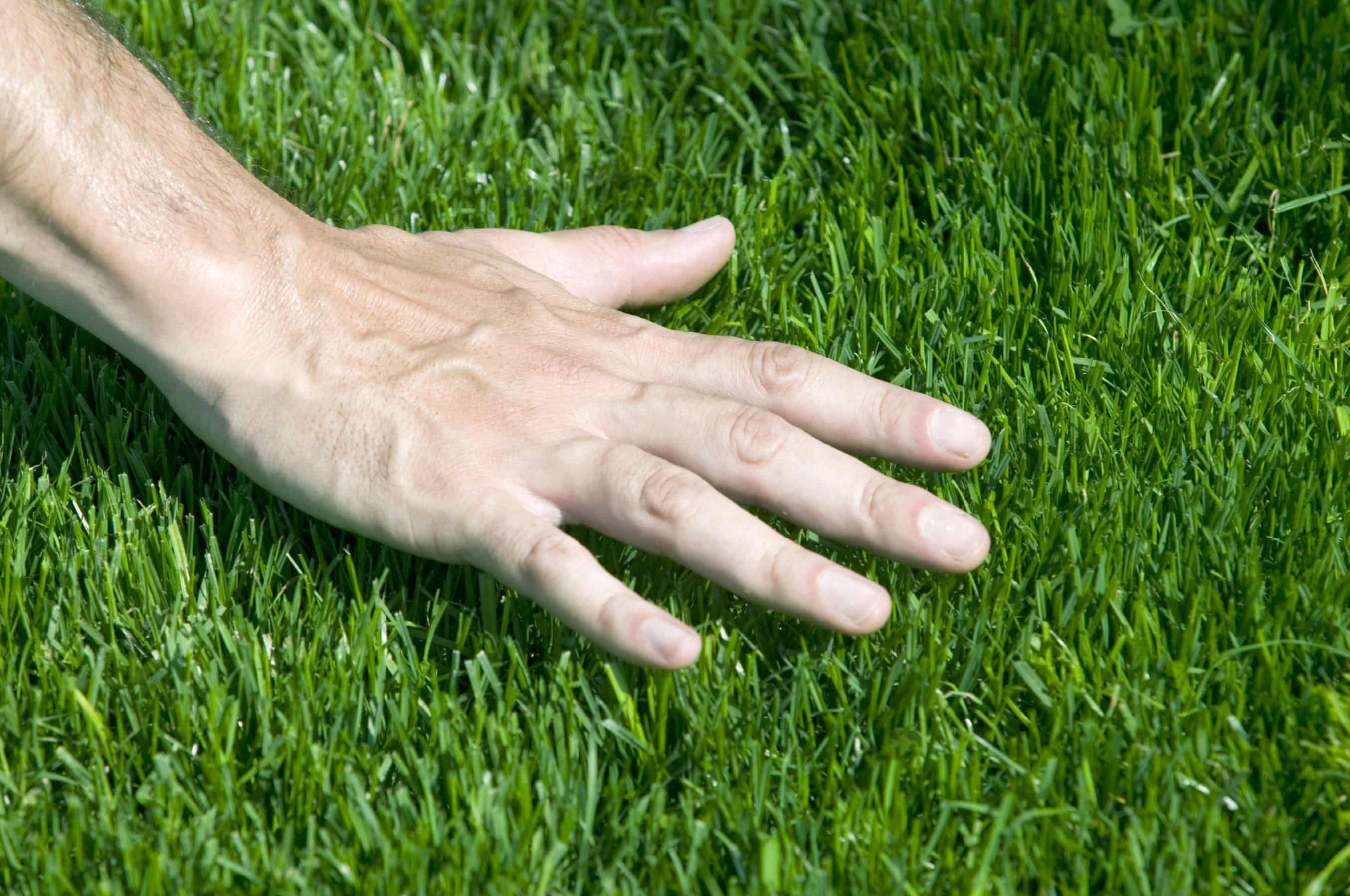
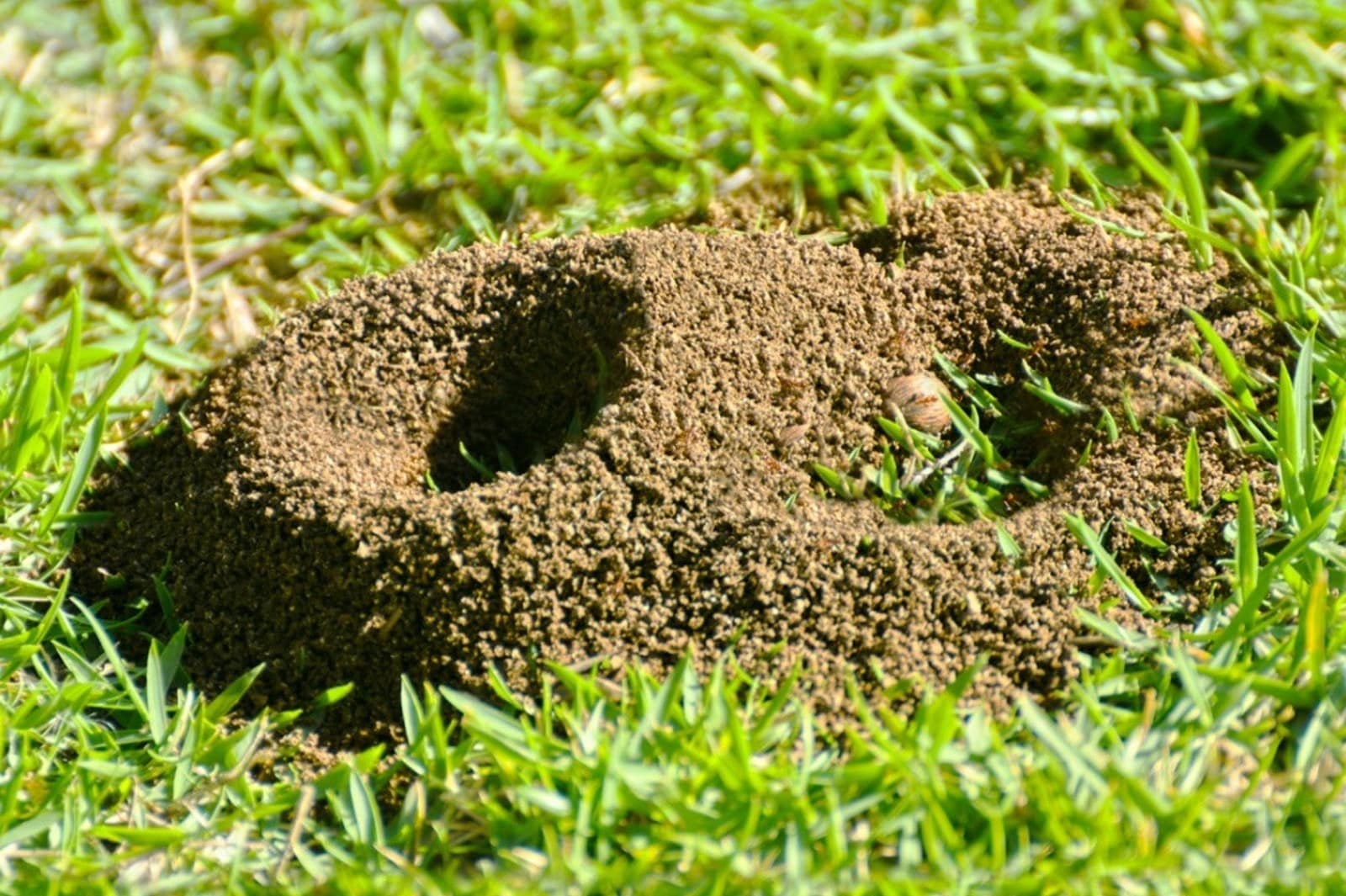
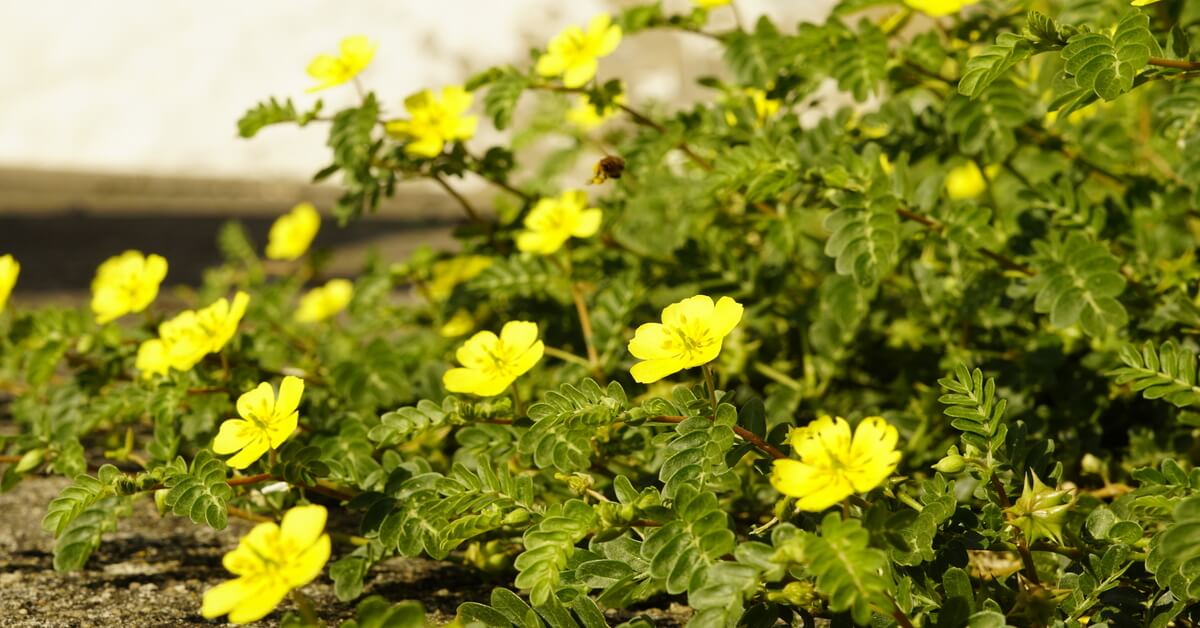
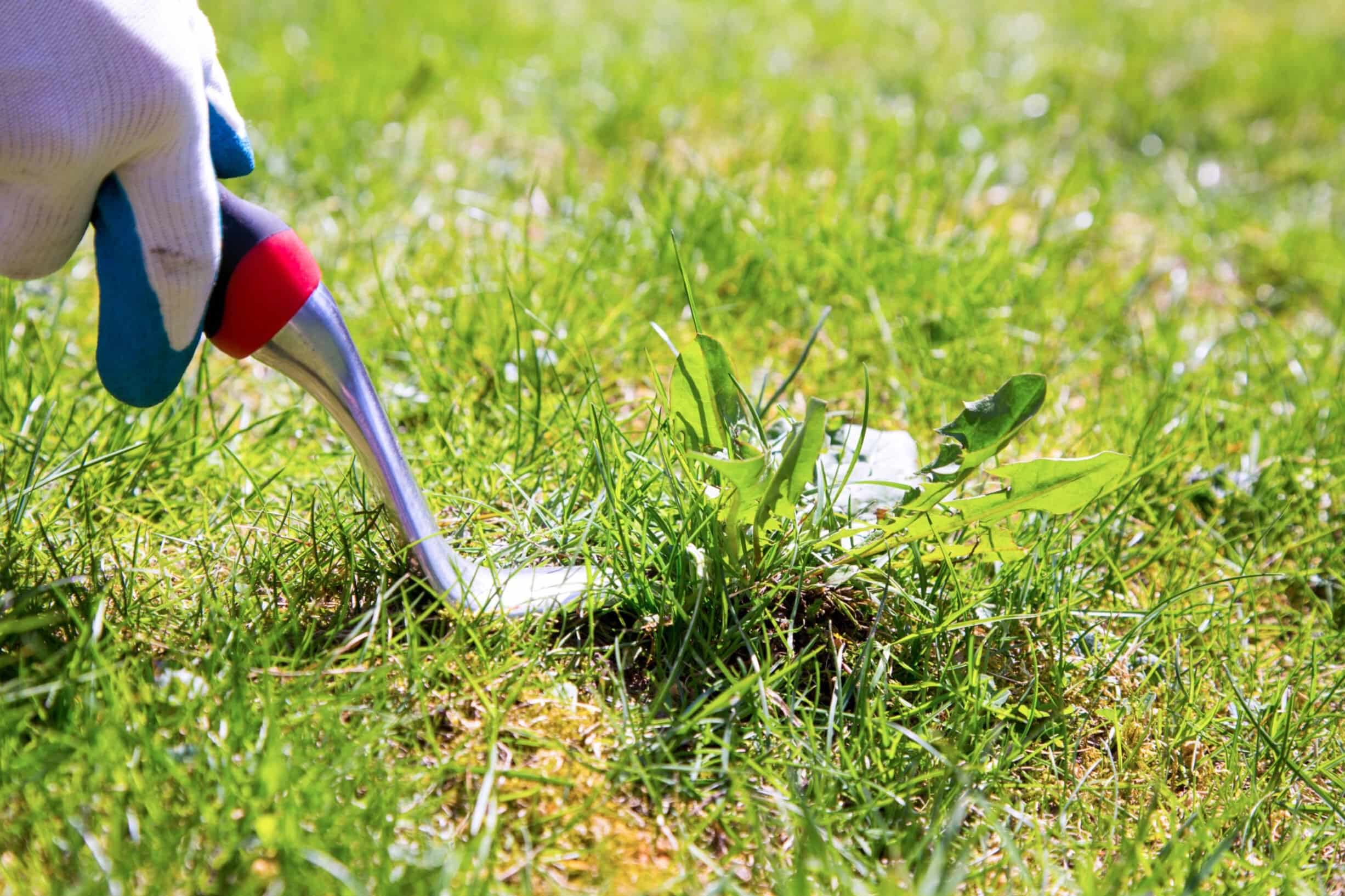
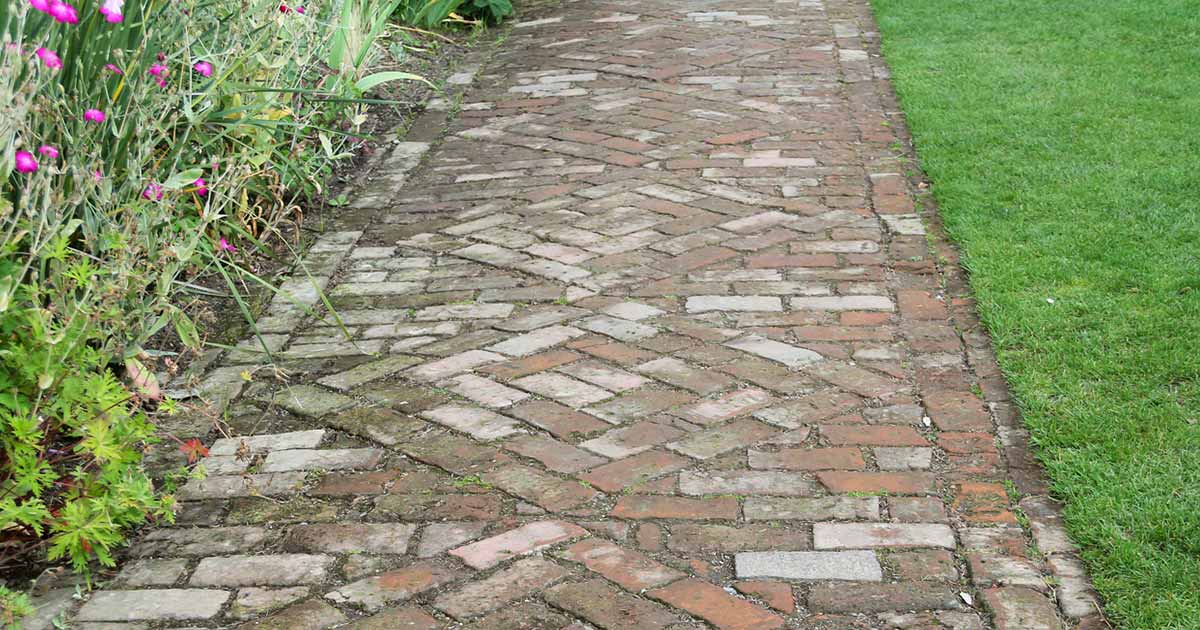


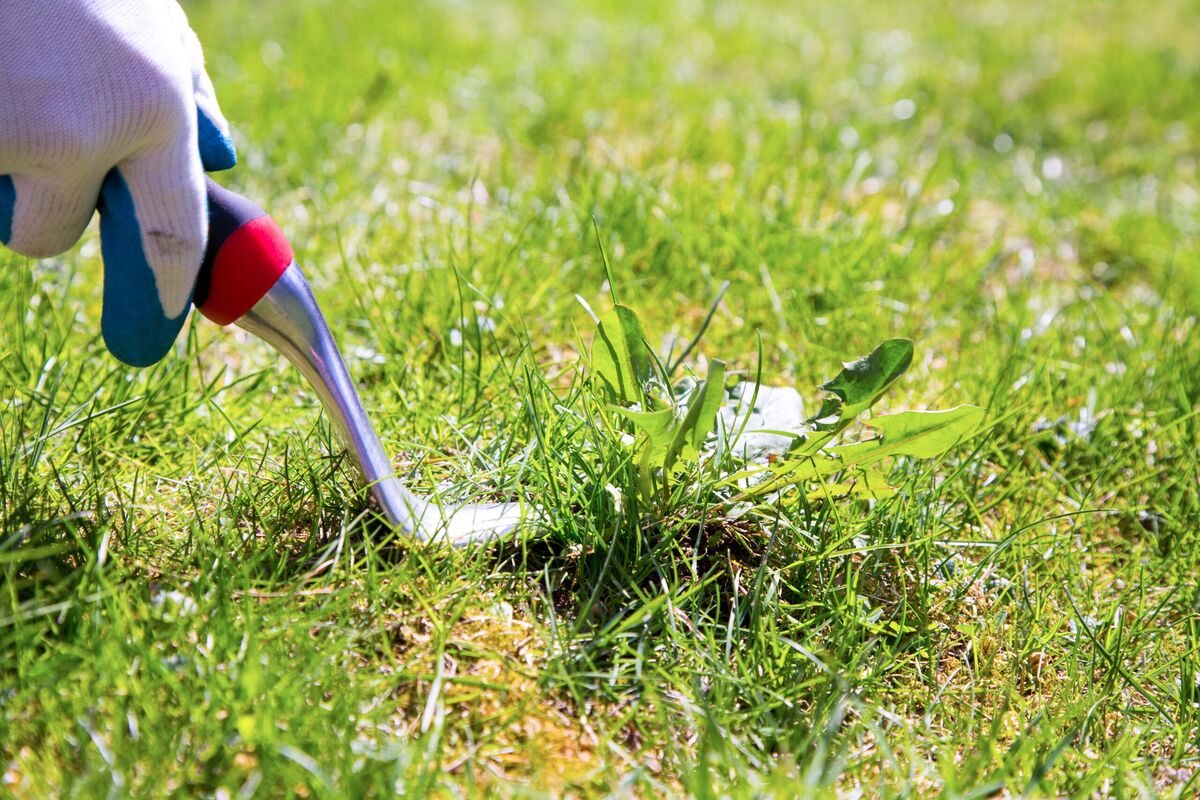


0 thoughts on “How To Get Rid Of Oxalis Without Killing Grass”